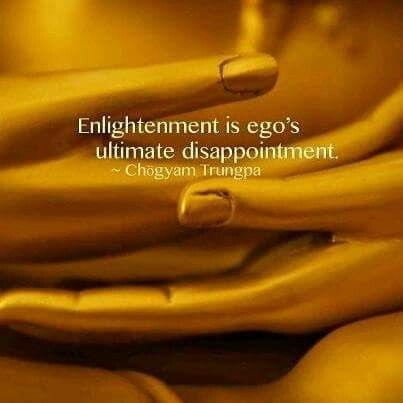Rejection. “We lived in Northern New Mexico. I was standing in front of our house drinking a cup of tea. I heard the car drive up and the door bang shut. Then he walked around the corner, and without warning, he told me he was having an affair and he wanted a divorce. I remember the sky and how huge it was. I remember the sound of the river and the steam rising up from my tea. There was no time, no thought, there was nothing–just the light and a profound, limitless stillness. Then I regrouped and picked up a stone and threw it at him.” -Pema Chodron, When Things Fall Apart
This quote, about the moment Pema Chodron’s life began to change, the moment she experienced true groundlessness, applies to so many circumstances in life. Whether we are experiencing the rejection of a lover or spouse, or rejection from a gallery, grant application, art school, the list goes on and on, it is not uncommon for it to feel like the ground has slipped from beneath your feet. When the floor opens up and swallows you whole, it is human instinct to close up, distract, do whatever it takes to make the feeling go away. These are the moments when we must strive the hardest to open up and soften, allow whatever we are feeling to wash over us, and let that be okay.

If you are an artist, you may have tried applying for a grant. You may have given up after a rejection letter or two. But do you know that for every twenty grant applications you complete, you might receive one or two. Might. There are absolutely no guarantees, and the grant writing field is highly competitive. It is important to understand this going in and to have not only a system to keep churning out applications (because, after all this is an important part of many artists’ income and should be treated as such) it is also absolutely critical that you have your head firmly on your shoulders prepared to deal with the pain of rejection.
Let’s face it, rejection always feels personal. You put a piece of yourself out into the world only to have someone tell you it isn’t what they’re looking for. This hurts. And again, that’s OK.
What is important is that you never let the hurt get the best of you. Do not internalize rejection. Remind yourself that you are one of many. You are relying on the subjectivity of a person or group of people, and just because you do not win favor does not mean your art isn’t any good. Rather, it means your art wasn’t what they were looking for on that day for that particular thing. Accept this and move along.
Often, rejection has nothing at all to do with you. This is very difficult to get the mind around. Very often rejection is about the unspoken details being sought that someone else might happen to present.
Buddhist thought teaches us to accept groundlessness, work with it, allow ourselves to sit with it. We are all in the habit of glossing difficult emotions. We self-medicate sometimes with substances, or by tuning out and not letting the hard stuff in. Begin to notice when you start to check out and see how it feels to just be still with the difficult stuff.

Learning to deal with rejection will serve you in many ways. You will find the strength to continue your mission no matter what happens, and you will do so with grace. You will learn that just because you are not chosen one time doesn’t mean you shouldn’t try again. Often, grants and galleries invite those who are not chosen in one round to apply again. And again. The people who run things like this understand what you must begin to internalize–that it really isn’t about you.
If you begin to incorporate these things into your consciousness, eventually they will become part of the fabric. You will begin to live by the new way of thinking you have cultivated. A mindset that puts rejection into perspective and allows you to pursue your forward momentum no matter what.

Life is full of rejection, big and small. Hiding away won’t get you far. Choosing the path of least resistance may seem like the easy way but it is a road to nowhere. Remember, if you are an Artist choosing to make your art into a career, it means putting the most intimate pieces of yourself out into the world for all to see. It is a warrior’s path and requires a warrior spirit. For the Silo, Brainard Carey.
Brainard is currently giving free webinars on how to write a better Artist bio and statement and how to get a show in a gallery – you can register for that live webinar and ask questions live by clicking here.
Featured image- entrepreneur.com



